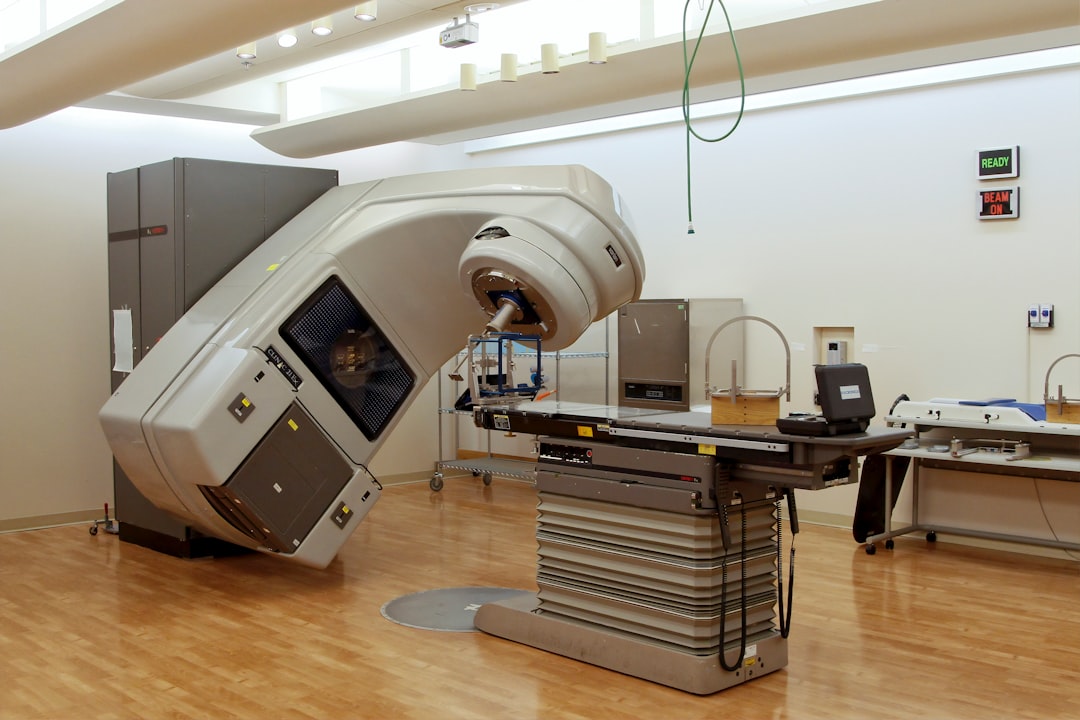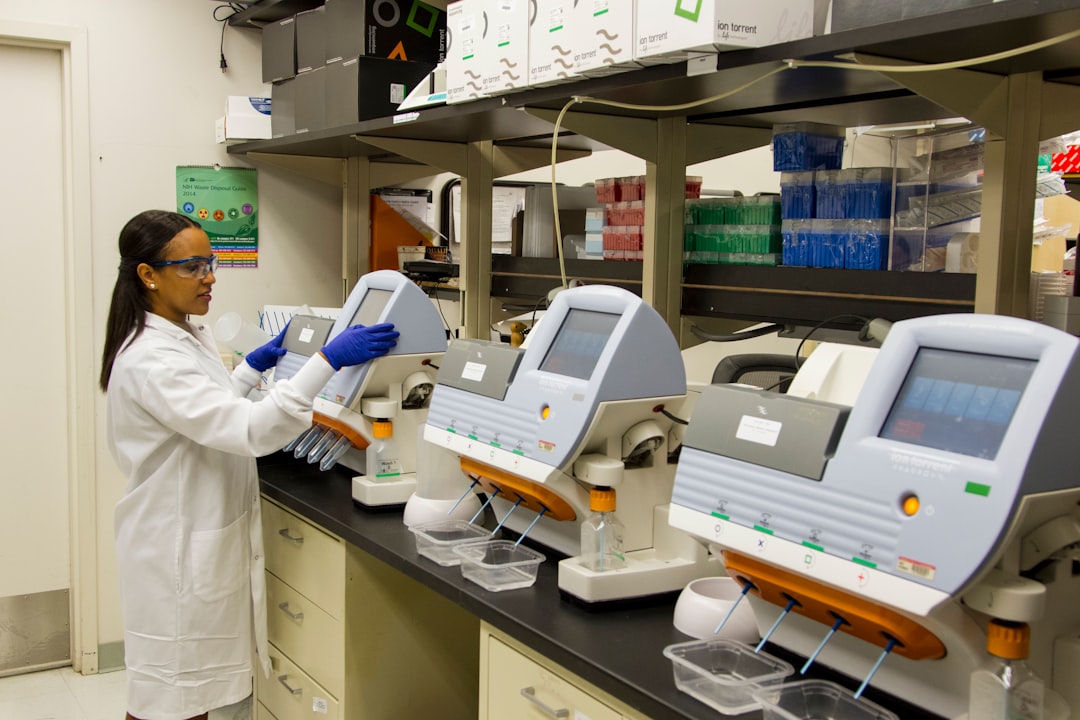What is it about?
Knowledge and measurement of the free drug fraction is important because only the free non-protein bound concentration of an antiepileptic drug (AED) crosses the blood brain barrier, entering the brain and producing an antiepileptic effect. However, such data are sparse, and have arisen from the use of disparate methodologies and setting over the last 60 years. Using standardized methodology and under set conditions, we report on the protein binding of 25 AEDs available for clinical use, along with carbamazepine-epoxide and N-desmethyl clobazam, two pharmacologically active metabolites. Gabapentin and pregabalin are non-protein bound whilst highly bound AEDs (≥ 88%) include clobazam, clonazepam, perampanel, retigabine, stiripentol, tiagabine and valproic acid as well as the N-desmethyl-clobazam (89%) metabolite. The minimally bound drugs (<22%) include ethosuximide (21.8%), lacosamide (14.0%), levetiracetam (3.4%), topiramate (19.5%) and vigabatrin (17.1%). Ten of the 25 AEDs exhibit moderate protein binding (mean range, 27.7-74.8%).
Featured Image
Perspectives
These data provide, for the first time, a direct comparison of the blood protein binding of the various antiepileptic drugs.
Professor Philip N Patsalos
University College London
Read the Original
This page is a summary of: Serum protein binding of 25 antiepileptic drugs in a routine clinical setting: A comparison of free non-protein-bound concentrations, Epilepsia, May 2017, Wiley,
DOI: 10.1111/epi.13802.
You can read the full text:
Contributors
The following have contributed to this page










